Eco-warriors rejoice - the war is being won. In its latest customer shopper survey, Nielsen says one in four consumers would choose a ‘green’ product, even if it meant forking out more cash for it. That’s a sharp rise compared with 17 months ago when only 8% said the same thing.
Yet as suppliers and retailers well know, saying and doing are two different things. Despite a rise in recycling, consumers only take the idea of responsibility so far - there is a ‘green gap’ between what people say and do when it comes to splashing the cash.
“Campaigns around eco-friendly products are being understood by consumers - and they are reacting to them”
Mike Watkins, Nielsen
So what can retailers and suppliers do to take advantage of those good intentions and close the green gap? And why are consumers often expected to pay more in the first place: if a large part of the green agenda is about the reduction of waste, packaging, miles and energy, shouldn’t that extend to price?
The Nielsen survey took a wide-ranging look at consumer shopping behaviour across the globe, questioning 29,000 shoppers in 58 different countries. The results, released last month, suggest consumers are becoming more responsive to the green agenda, says Nielsen’s senior manager of retail services Mike Watkins.
“Once you drill down into the consumer mindset and get beyond their obvious concerns, like paying the bills or shopping around for better deals, what is latent beneath the surface is increased receptiveness to eco-friendly messaging and a much deeper awareness and concern for ethical consumerism,” he says. “That means everything from organic to Fairtrade to eco-friendly to carbon footprint to British provenance. All these things matter to consumers.”
Whether these good intentions are translating into ringing tills is another issue, however. Watkins is adamant that although the survey is by definition attitudinal rather than behavioural, it is likely to herald a change in shopping habits, albeit not immediately.
“Which products they actually spend their money on is the $64,000 question, but future trends in consumer behaviour are typically signposted up to nine months ahead of them actually doing it,” says Watkins. “That’s when you might start to see changes in Epos data.”
The sales boost is likely to be bigger still if you’ve flagged up your product’s green credentials on pack or in an advertising campaign, he adds. “We know from our research whether advertising reaches the right people, if they understand it, and if they change their behaviour as a result. Ad campaigns around eco-friendly products are being understood by consumers - and they are reacting to them. There is interest, there is awareness. The first thing consumers will do is see the message communicated by advertising and, in due course, they will start to spend differently.”
Shouldn’t greener mean cheaper?
Even if it means spending a bit more, claim 25% of shoppers surveyed. Of course, that still leaves 75% who wouldn’t and particularly in the current economic climate, there’s a very sizeable question-mark over whether they should - especially when it’s easy to find examples of eco-friendly products that cost less not just than standard rivals but counterparts (Andrex’s eco-roll - which makes premium-style claims of ultra-softness - is cheaper than standard Andrex at some retailers, for instance).
Supply chain specialist and Oakland International managing director Dean Attwell believes this should be the case across the board - and that green products should always be cheaper than a category competitor.
“A greener product should encompass all aspects of carbon reduction through: more energy-efficient production processes waste reduction reduced packaging extended shelf life through cleaner production processes or better temperature control and improved packaging reduced road miles via consolidated or collaborative supply chains - to name but a few,” he says.
“I think there is much confusion over the effects of having a green agenda or a green product. It’s obviously not the case for ‘organic products’, which carry a premium over everyday food items, but the idea of having a ‘greener’ product that subsequently costs the consumer more money is a nonsense. All of the above factors should actually help reduce the cost of a product, so the choice to buy a greener product should be an easy one for cash-strapped but green-focused consumers to act on.”
“Asda will never charge a premium for a product based on it being more sustainable”
Julian Walker-Palin, Asda
It’s a view echoed by head of sustainability at Asda, Julian Walker-Palin, who claims it is the only UK supermarket to have a “full-time colleague devoted to our customers and sustainability”. Like Attwell, he sees no reason consumers should pay more for green products.
“Asda will never charge a premium for a product based on it being more sustainable - in fact, the opposite,” he says. “It’s absolutely the wrong thing to do. Our strategy is about making products affordable and accessible and one of the ways we do it is through our Sustain and Save exchange. We have all of our fresh, chilled and frozen suppliers on there so they can examine how they operate and identify inefficiency or wasted resources. That allows them to create a greener product and potentially even lower the price, or, as they face increased costs for inputs like energy, maintain a price point.”
So as a retailer, does Asda recognise the good intentions outlined in the Nielsen survey and have they translated into sales? Walker-Palin notes that the findings of eco-surveys can can be confusing. “Some say consumers care, some say they don’t, some said the recession has got in the way,” he says. “You can almost create a point of view then cherrypick from a survey to back it up.”
That said, the numbers tell their own story and Walker-Palin says Asda sales data “backs up what Nielsen has found, that this issue is important to consumers and also that people are actually buying into it more and more”.
Sales of clearly marked locally produced products that are “easy to define for customers as being green” are up 13% year on year, he claims.
Making sure consumers can quickly define, or recognise, a green product, is as vital as affordability, agrees behavioural change specialist Gareth Morton, from environmental consultancy Ricardo-AEA.
“The brand, packaging and point of sale should promote the genuine green benefits of the product, be supported by credible and independently verified green product claims as well as deliver price parity/similarity,” he says.
Does the packaging tell the story?
Yet while many manufacturers are spending a fortune on environmental initiatives, they too often keep quiet about it on the product packaging.
Take dairy giant Arla, which has made a huge investment in becoming ‘greener’ and won the green supplier of the year award at The Grocer Golds 2013.
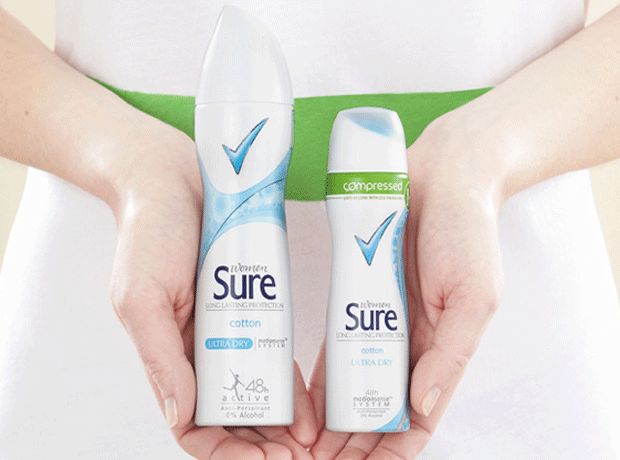
Packing more of a punch
It’s not just labelling and advertising that are important. Brands that do not invest in environmentally friendly packaging could also be missing a trick.
A recent piece of research, published by packaging and shopper market research firm Perception Research Services (PRS), shows that consumers are extremely receptive to eco-friendly packs - especially in the UK.
The company conducted a survey of more than 2,200 shoppers across several countries, including Germany, India, USA and the UK, to gauge their perception of environmentally friendly packaging.
In addition to being the most likely of all countries to recycle packaging (82% of UK consumers said they do, compared with 71% in Germany and 62% in the USA), UK shoppers are also more likely to notice environmentally friendly packaging - 65% of UK consumers said they do, compared with 52% in the US, 36% in India and 31% in Germany.
However, the most arresting figure for brand owners and packaging specifiers surrounds whether or not consumers are happy to pay more for green packs. The research found that 71% of UK shoppers were willing to spend a little extra on packaging that was environmentally friendly - India led the way with 79% with Germany (63%) and the USA (53%) lagging behind.
“The data shows that British consumers are engaged with the environment even if they are less forward in sharing their concern,” says Hervé Turpault, vice president Europe at PRS. “Therefore, marketers should invest in reducing the environmental impact of packaging whilst ensuring that the environmental benefits are conveyed on the pack in a clear and compelling manner.”
He adds that previous research undertaken by the company showed that shoppers only spend around 10-20 seconds making each purchasing decision in store, so it’s vital that environmental messaging on packs is clear and motivating.
“Marketers that adopt more earth-friendly solutions, invest in understanding the shopper’s perspective and in learning to convey environmental benefits effectively, are likely to be rewarded on the shelf,” he says.
It has set out its stall to: source 30% of its energy from renewable sources by 2020 slash the amount of water it uses by 20% by 2015 and use at least 30% recycled plastic for its fresh milk bottles by 2015, increasing to 50% by 2020. It also continues to send zero waste to landfill, works with farmers to reduce on-farm emissions and is planning for its enormous new £150m dairy in Aylesbury to be the first zero-carbon milk processing facility in the world.
However, if you pick up a bottle of its best-selling brand Cravendale, there’s no mention of any of these initiatives - the only green references being the two standard recycling logos (one for the bottle, and one for the cap) and an Assured Food Standards stamp. The consumer must vistit Arla’s website to find out more.
“The packaging and PoS should promote the green benefits, with claims independently verified, and have price parity”
Gareth Morton, Ricardo-AEA
A spokeswoman defends the omission of environmental information on pack, saying it was a conscious decision that was made following in-depth consumer research. “We explored the environmental agenda with our customers and what came back was that they expect a company of our size and scale, with the brands that we have, to be a responsible business that’s doing everything possible to be environmentally friendly, so we don’t need to tell them on our packaging,” she says.
However, in light of the Nielsen survey, which suggests an increasing numbers of customers are searching the shelves looking for greener products, there is a chance that Arla may be missing a trick by choosing not to disclose its admirable green achievements and targets on pack.
Wyke goes for eco-branding
Especially when other brands are making such a big noise about their green credentials. Wyke Farms, for instance, is celebrating opening a £5m biogas plant earlier this month by adding a 100% Green logo on the back of its packaging. The eco-branded packs will hit stores before Christmas.
“The logo symbolises Wyke Farms’ commitment to be the greenest brand in the grocery sector and represents our symbiotic existence with the world that surrounds us,” says managing director Rich Clothier. “It’s about the sustainable way in which the family wishes to run the business with respect for their environment and the people that they work with.”
“The logo is about the sustainable way in which the family wishes to run the business with respect for the environment”
Rich Clothier, Wyke Farms
It’s also about clearly communicating that green message to consumers in the supermarket aisle, he adds. “On the logo, three green arrows are indicative of the internationally recognised recycling symbol, so it’s easy for consumers to understand the product is produced using sustainable waste management methods,” he says. “The 100% Green tagline together with the green leaf show it’s not just sustainable waste management that we are committed to, but that we work in harmony with the environment to become a fully sustainable working farm inside and out.”
The logo will also go on the company’s website with a full page to explain what it means alongside information and images about Wyke Farms’ green initiatives.
It’s a good example of how brands investing in sustainable initiatives are increasingly trying to get their message across in a more integrated and comprehensive way - utilising labelling and advertising as well as their websites.
This is the right plan of attack if brands are to close the gap between consumer intent and behaviour, say experts. Pricing is also key - not just to ensuring more of the 25% who say they want to buy green actually do so, but to winning over the remaining 75%.
The good news is that if Watkins is right in his forecast that it will be next Spring before consumers’ good intentions translate into purchasing behaviour, the brands have time to act - and at least narrow, if not close, the green gap.
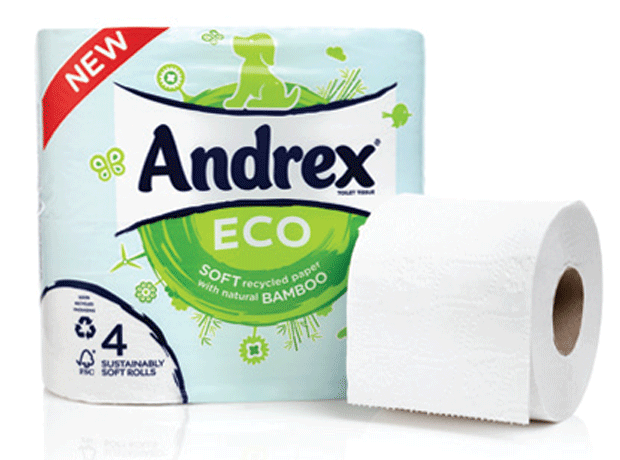
Why it pays to tell consumers you’re an ethical, sustainable, eco-friendly product…
SodaStream: SodaStream splashed out on the daddy of all ad breaks this year - the Superbowl - and quickly attracted more attention than the game itself by trashing Pepsi and Coca-Cola for filling up the planet with empty plastic bottles. CBS quickly banned the ad but it got five million hits on YouTube. SodaStream stock price soared, along with revenue and sales.
Dr Bronner’s: Lady Gaga and Eminem swear by ‘America’s number one natural soap’ Dr Bronner’s, so it was probably feeling confident when it decided to drop its old-fashioned labels (above), which list its mass of eco-friendly ingredients in great detail. However, shortly after launching the new labels, sales slumped and only recovered when the info returned.
Waitrose MSC tuna: In March, Waitrose added an MSC label to its canned tuna to highlight its ethical and sustainable credentials. The reward was a sales boost of 40%. “The blue tick is well recognised by our customers so we’re pleased to offer them added reassurance this regular shopping basket product has been sourced in an ethical way,” says buyer John Vine.
Andrex: Andrex gave its eco-roll an eco-revamp last year when it added bamboo to the mix. Andrex said bamboo produces more fibre, on less land, than trees used to make standard loo roll. Plus, when mixed with other recycled fibres and subjected to a “unique manufacturing process”, the resulting paper was “particularly soft”. Sales are flying.
Ecover: Sometimes it pays to tone down the hardcore eco message. When Ecover decided to shift from being a “worthy brand for hippies” to a “positive, caring brand for mums”, it turned to James Brown to soundtrack its new ad. The campaign showed mums singing and dancing while doing a variety of household chores. It worked. Sales leapt by 70%.







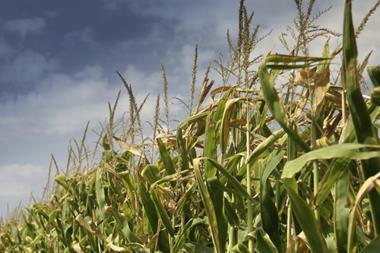
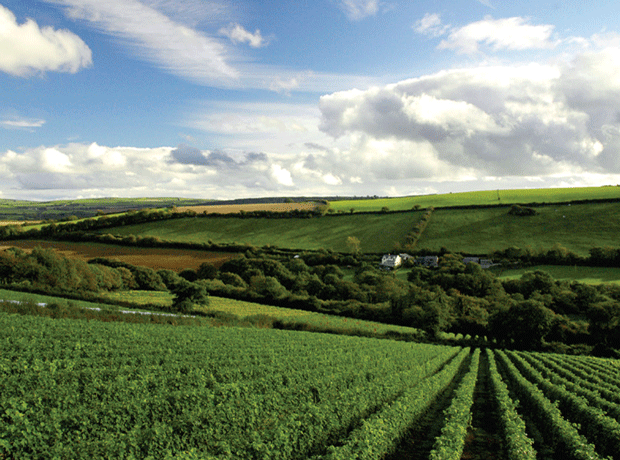
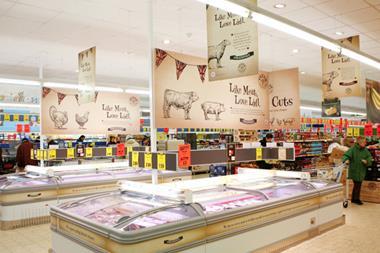
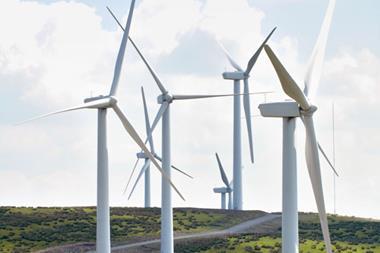

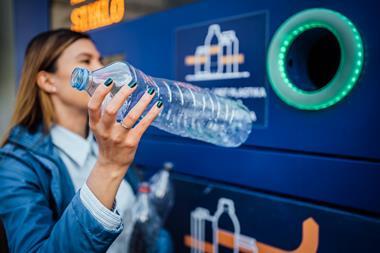






No comments yet